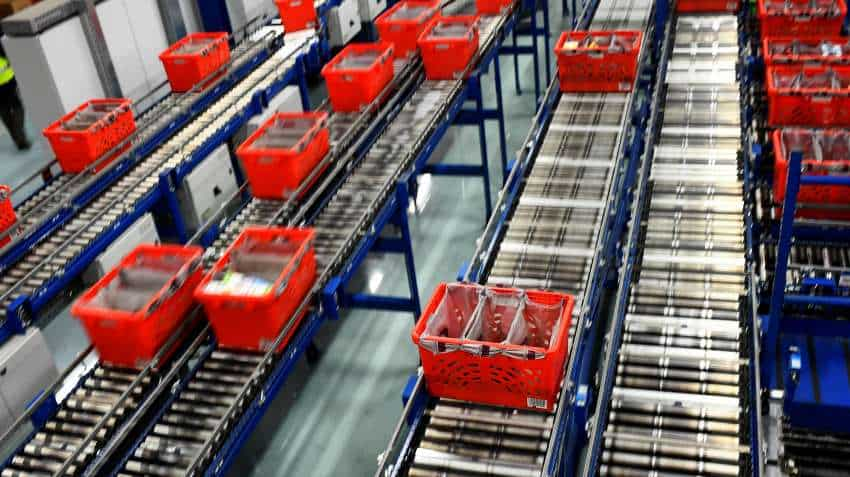COVID-19 drives surge in online sales of groceries, computers
The Adobe Digital Economy Index is a real-time barometer of the digital economy which analyses trillions of online transactions across 100 million product SKUs in 18 product categories.

Due to the COVID-19 pandemic, sales in certain categories, including groceries, cold medications, fitness equipment and computers (with more people now working from home) have surged in the US, according to the Adobe Digital Economy Index unveiled on Tuesday.
With many US consumers confined to their homes starting in March, orders for fitness equipment (kettlebells, dumbbells, stationary bikes and treadmills) and computers (desktops and laptops) have seen 55 per cent and 40 per cent boosts in online sales respectively.
The online grocery shopping category overall has seen a 100 per cent increase in daily online sales between March 13 and March 15, the results showed.
Between January 1 and March 11, purchases of hand sanitizers, gloves, masks and anti-bacterial sprays saw 807 per cent jump in sales, while there was 217 per cent jump in sales for over-the-counter drug purchases (cold, flu and pain relievers).
During this period, sales of toilet paper jumped 231 per cent, while sales of canned goods and shelf-stable items grew by 87 per cent, the index showed.
The Adobe Digital Economy Index is a real-time barometer of the digital economy which analyses trillions of online transactions across 100 million product SKUs in 18 product categories.
Powered by Adobe Analytics and based on a new "digital consumer shopping basket" measuring sales of online goods and services, Adobe`s Digital Economy Index findings include a 20 per cent increase in digital purchasing power -- the amount consumers can buy with a set amount of money over a period of time --since 2014.
The results suggest that consumers continue to get more for the dollars they spend online.
The digital purchasing power of consumers is up 3 per cent year-over-year and has increased 20 per cent since 2014, with $1 buying today what it would have taken $1.20 to buy in 2014.
Over that same time, $1 spent buying a similar set of goods offline lost value, with $1 in 2020 buying what would have only cost 88 cents in 2014.
However, the expectation is that as more of people`s lives move online, the offline and online economies will continue to converge and so will their prices.
Watch Zee Business live TV below:
As online shopping begins to represent all that people buy, not just the most innovative goods, the price advantage to shopping online will diminish, showed the analysis.
Get Latest Business News, Stock Market Updates and Videos; Check your tax outgo through Income Tax Calculator and save money through our Personal Finance coverage. Check Business Breaking News Live on Zee Business Twitter and Facebook. Subscribe on YouTube.
RECOMMENDED STORIES

Mukhyamantri Majhi Ladki Bahin Yojana: Know eligibility, benefits, and documents to apply for this women-centric government scheme

Gratuity Calculator: Rs 37,000 as last-drawn salary; 6 years and 3 months as service period; know your gratuity?

Top 7 Gold ETFs With Highest Annualised Returns in 10 Years: Know how Rs 10 lakh investment in each ETF has performed in last decade

Defence PSU Stock to BUY: This multibagger scrip corrects 49% from 52-week high - Is this right time to buy?
10:25 AM IST










 Indian prefer Q-commerce for daily essentials, physical stores for high-value buying
Indian prefer Q-commerce for daily essentials, physical stores for high-value buying 10 things to keep in mind before shopping on e-commerce and quick commerce platforms this festive season
10 things to keep in mind before shopping on e-commerce and quick commerce platforms this festive season FMCG distributors voice concerns against quick commerce industry, seek government intervention
FMCG distributors voice concerns against quick commerce industry, seek government intervention Indian customers to shop online this festive season: Survey
Indian customers to shop online this festive season: Survey 88% Indian consumers abandon online shopping due to information overload
88% Indian consumers abandon online shopping due to information overload